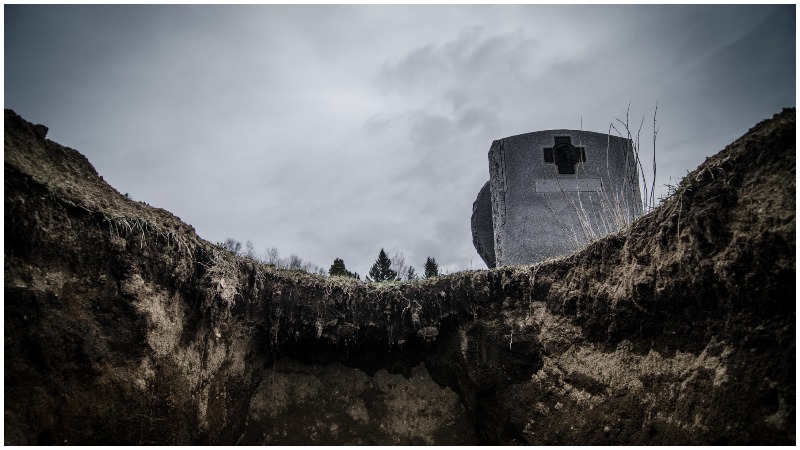Edinburgh of the early 19th century was one of the leading centers for anatomy in Europe. It was home to the Royal College of Surgeons of Edinburgh, of which Robert Knox was a member.
Known for his engaging and witty teaching style, Knox was a popular teacher for students looking to learn this new and exciting skill.
By law, anatomists were only allowed to use the corpses of those who had died in prison, those who had committed suicide, or the corpses of orphans.
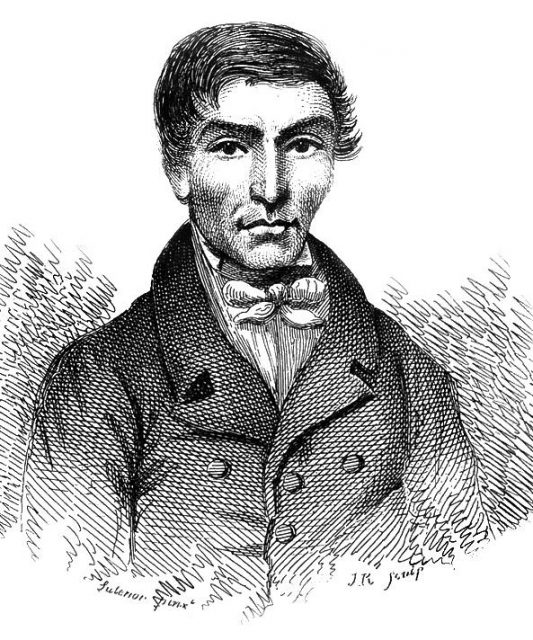
Changes in the law meant that there were fewer crimes punishable by death and by the mid-1800s the study of anatomy had become so popular that legally sourced cadavers were getting harder to come by.
There was a financial incentive in supplying cadavers to anatomists, and soon the gap in the market led to an upsurge in grave robbers, known as resurrection men.

Things got so bad that some graveyards build guard towers to watch over the graves, some families took shifts to watch over their dearly departed and some attached metal cages over the graves of their recently buried loved ones.
Those looking to sell cadavers earned the best money for fresher corpses, and it wasn’t long before grave robbing turned into murder.
The most notorious murderers for medical science were William Burke and William Hare who over a period of one year murdered at least 16 people for the sole purpose of selling the cadavers to medical research.
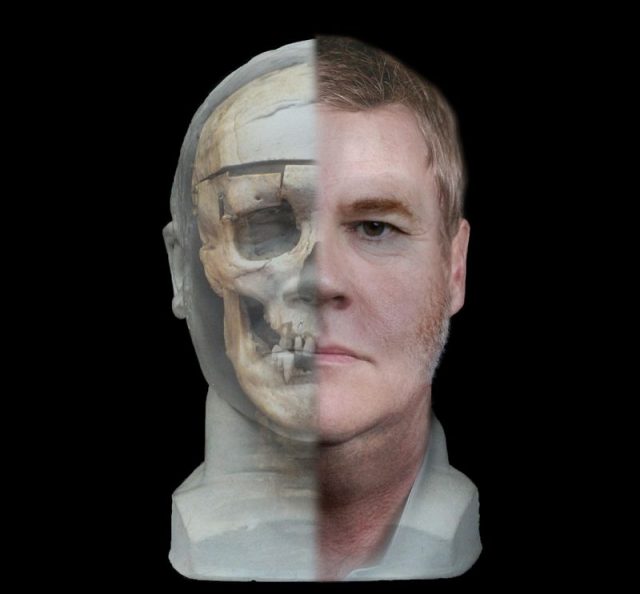
Burke and Hare met in Midlothian during the harvest season of 1827. When the harvest was over, Burke and his wife moved into Hare’s lodging house in Edinburgh.
It was not long after that the pair who were known for being drunk and boisterous hit upon an easy way to make money.
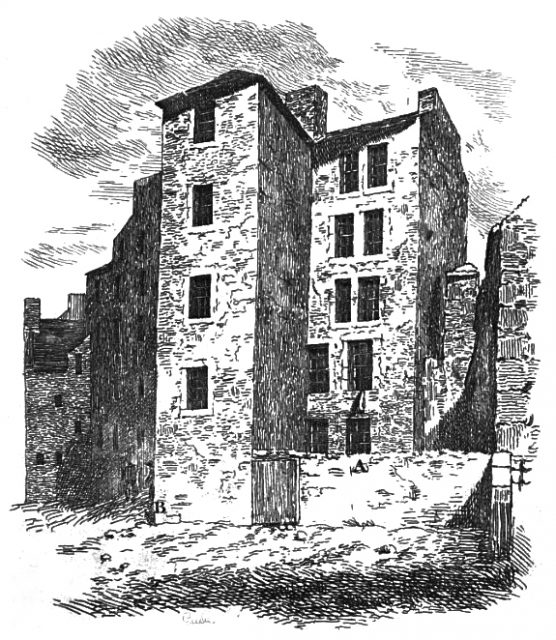
When an elderly tenant at Hare’s lodging house passed away of natural causes, he still owed Hare £4.00 in rent.
Rather than let the corpse be buried, they removed it from the coffin and took it to Edinburgh University where they were directed to Surgeons Square and the offices of Robert Knox.
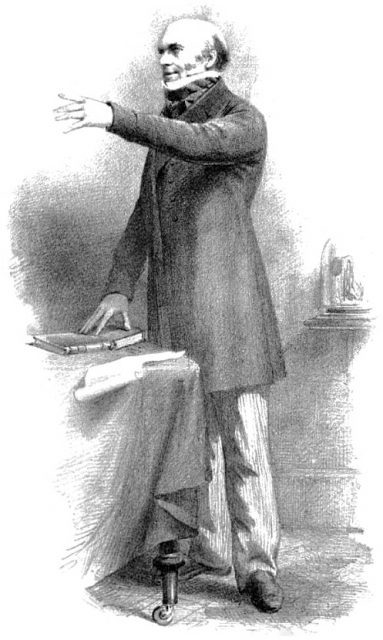
The surgeon was delighted and without asking too many questions, paid the pair seven pounds and 10 shillings, in today’s money this is around £600 (approximately $800).
Soon the pair found their next victim. Another tenant had come down with fever and was delirious, and Hare was concerned that his lodging business would be affected. So Burke and Hare got the tenant drunk and suffocated him; Burke sat on the man’s chest and upper torso while Hare held a pillow over his face. This time Knox paid the pair £10 — around £875 today.
Over the next year, Burke and Hare were to dispatch at least 15 more people in the same way.
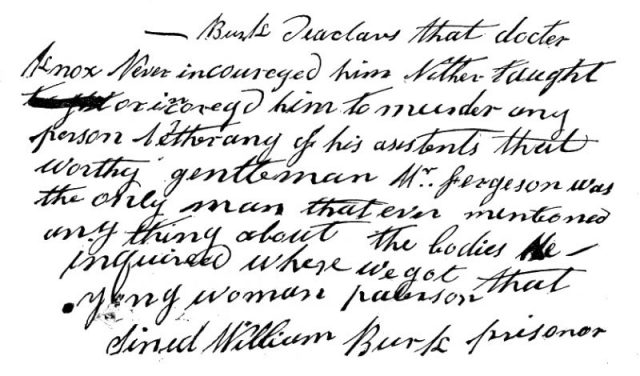
They would get the unwitting person drunk, and once they couldn’t resist, Burke and Hare would suffocate them.
The ease at which they were able to sell their gruesome wares made the pair greedy; they murdered a family member of Burkes who was visiting from Falkirk, and they killed an elderly woman and her young disabled grandson.
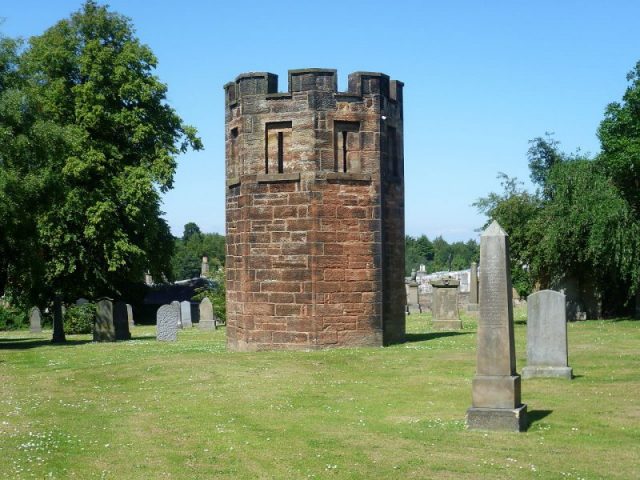
Knox continued to ask no questions and, impressed with the freshness of the corpses, paid between £8 and £10 per cadaver.
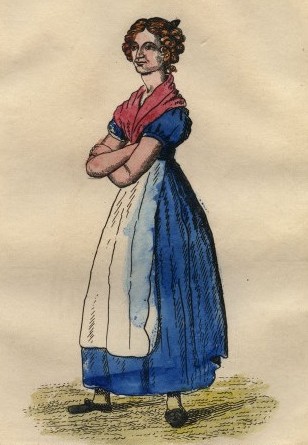
Rumours had begun to swirl around the pair, and many of Knox’s students began to suspect foul play. When Burke and Hare arrived with the corpse of a well-known street entertainer James Wilson, who was affectionately nicknamed Daft Jamie, Knox was said to deny to his students that it was the entertainer adamantly but removed the head and other identifiable features from the cadaver before the dissection lesson.
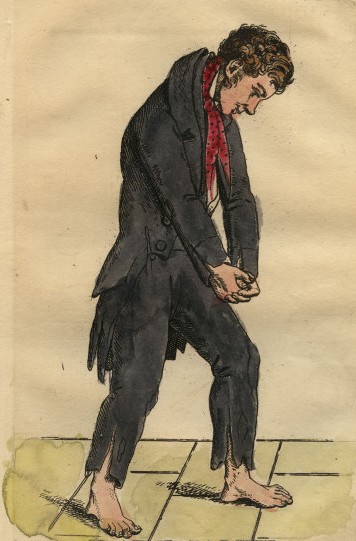
Burke and Hare were finally arrested in November 1828 when a couple, Ann and James Grey, found the dead body of Margaret Docherty stashed in the room they were using as lodgings, a room they had left unattended for the evening under the coercion of Burke and Hare.
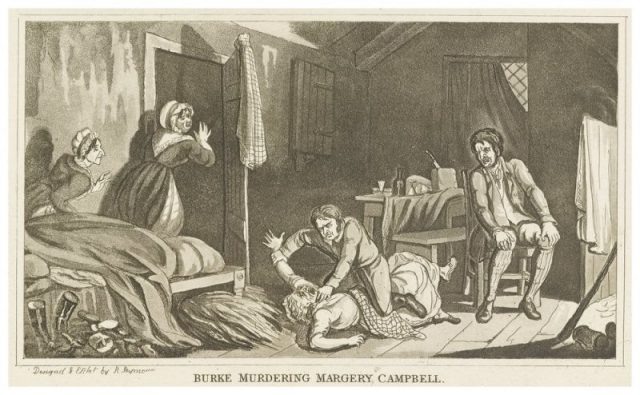
The police were suspicious enough to follow up and found the corpse in the possession of Robert Knox.
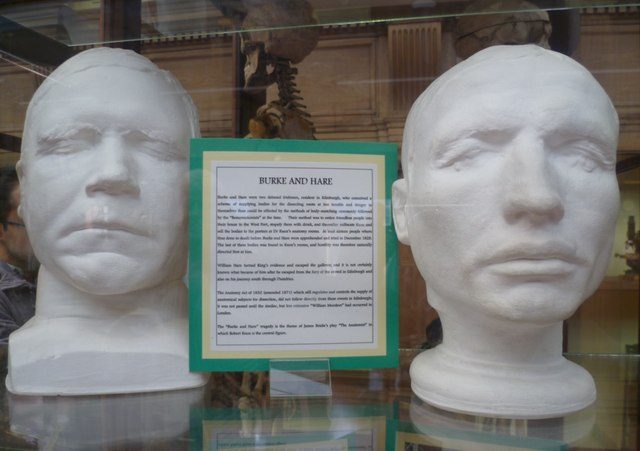
Hare was offered full immunity for his confession and died in obscurity having been chased out of Edinburgh by angry mobs.
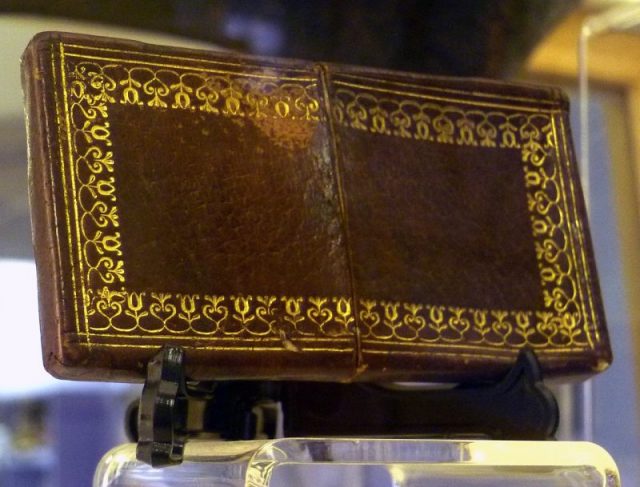
Burke was sent to hang, a cheering crowd of around 25,000 came out to watch, his body was given to medical science and his skeleton can still be seen at the Anatomical Museum of the Edinburgh Medical School.
Read another story from us: 6 of the Most Scandalous Women in History
Both Hare’s wife, Margaret, and Burke’s wife, Helen McDougal, were freed but both were chased out of Edinburgh by angry mobs. Robert Knox was not charged as he did not technically commit any crimes, but his life and career were ruined, he was stripped of his fellowship, debarred from lecturing and forced out of Edinburgh. He continued to practice medicine in London until his death in 1862.
